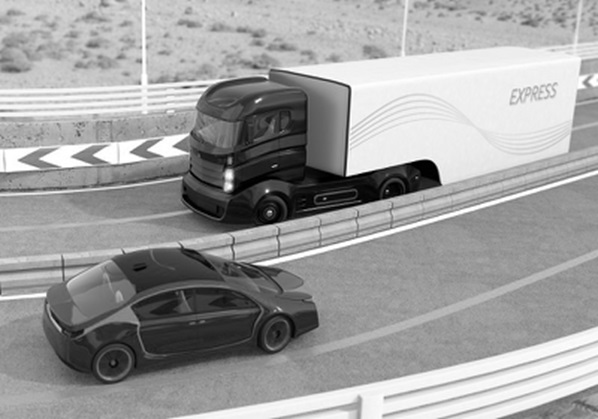Self-driving cars are the new black. Every OEM and major tech company is taking on the autonomous challenge, and the competition is fierce.
As an OEM or Tier 1 supplier, the landscape is rife with offerings, software tools that are aimed at assisting all areas of autonomous vehicle development and validation, many of them pioneering grabs at what is promising to be the Wild West of automotive engineering in the coming years. And yes, some of these tools are either direct or indirect products of the gaming industry.
If anyone asked the question, “Would you trust your autonomous vehicle validation to a game?” most of us would cringe a little. But such questions are actually not too far off the mark these days.
Gaming tech vs Engineering tech
At one extreme end of the spectrum of emerging offerings, online education provider, Udacity, recently announced that its students have built an open source autonomous car simulator as way to promote Udacity’s self-driving car nano-degree program. The simulator is available to anyone with a working knowledge of Unity (graphics) to download the assets, load pre-existing scenes, and create their own virtual test drives. Is this a base-level tool that will be accepted by some sector(s) of the automotive industry? Or is it too “gamey” to be taken seriously?
Whilst hacking away at reality augmentations might seem more at home in a film like The Matrix, open source coding could be the driving force (please excuse the pun) behind the software developments that will ultimately see autonomous vehicles make the switch from concept to working reality.
High quality graphics environments with gaming pedigree can certainly be exploited by engineers to ‘educate’ vehicles and inform their behaviour in various types of simulations. For example, Renault Group and many others are working on AI learning algorithms that depend on assessments of vehicle interactions with (real or virtual) environments:

A situation occurs, e.g., black ice on a roadway, and on-board logic perceives this as a risk, arrives at a decision about control intervention, and then commands some form of control system implementation that is appropriate for the situation. One result (outcome) may be the vehicle’s trajectory on the road, and the outcome assessment may be whether or not the vehicle was able to safely navigate through the situation. If the outcome is to be improved upon, and the boundaries for safe operation are to be explored, multiple trials will need to be conducted.
Simulation in a high quality virtual environment provides an ideal means to conduct such machine learning experiments, since the trials can be safely and cost-effectively run. The question of which software / graphics tool is best suited for this type of work is really one of fidelity. If a quick pass, yes/no answer is required, or if work is in its early stages, is there anything fundamentally wrong with using a “gaming” software solution as a tool? Perhaps not. Are there better, higher fidelity tools available to tackle the heavy lifting when detailed vehicle and environmental physics are brought into play for, say, virtual sign-offs? Absolutely.
Mandated Validation
Interestingly, certain types of validation (and simulation?) may soon come to be “not a choice.” For example, the Department for Transport recently released a code of practice for testing autonomous cars. Compliance is required, and the emphasis is clearly on vehicle testing in controlled environments. Of course, finding a “controlled environment” in the real world is not so simple. One needs at least the following:
-
A run of consistent weather
- Agreement from local authorities to mark off a dedicated section of road or city; or an approved proving ground with the availability of specific scenes and conditions
-
A vehicle with all the necessary kit that can, with some level of confidence, stay on course and not damage anything or anyone
These are big asks, even for the biggest OEMs with the best resources at their disposal. But in the world of simulation, the environment in which a virtual vehicle operates is, by default, a controlled one, and the wild cards of any experiment can be purposefully and carefully placed. In off-line simulations, the wild cards might be vehicle parameter variations or scripted sensor disturbances. In Driver-in-the-Loop (DIL) simulations, the wild cards can also include human-machine interactions.
Can virtual test drive environments be an effective substitute for proving ground based “smart cities” for autonomous vehicle development? Quite possibly, yes. This may, in fact, be where virtual validation officially comes into its own…
To learn more about how Driver-in-the-Loop (DIL) simulators are emerging as key validation tools for the cars of tomorrow, download our FREE eBook, Looking down the road: Harnessing the benefits of driving simulator technology.


